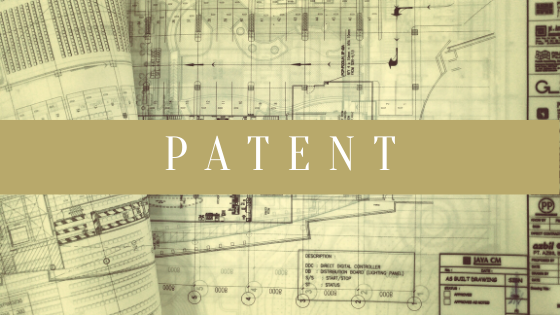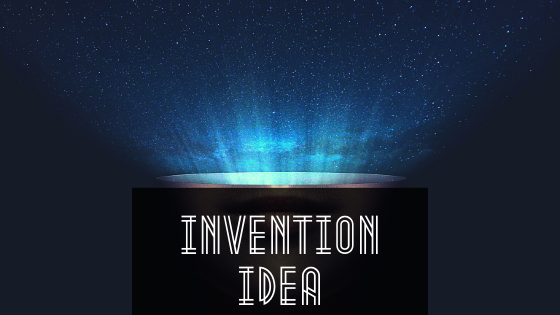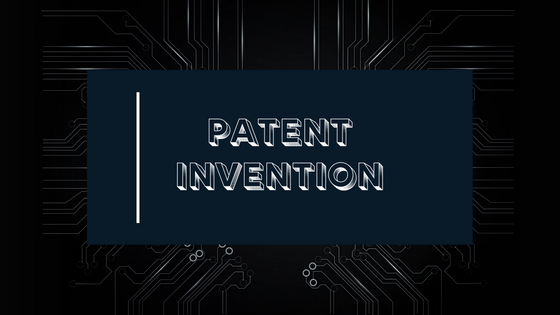A patent is not an end to itself. A patent is simply a tool in a commercial strategy. Without being incorporated into a commercial strategy a patent is merely an expensive piece of paper. Furthermore, a patent has a limited term, most often 20 years from the filing date. So, the timing of filing a patent application is important.
Typical commercial strategies involve securing an exclusive market, licensing a patent, and/or attracting investors. The decision to engage in the patent process should be consistent with the contemplated commercial strategies.
The following considerations can help guide a decision to patent.
Imminent Public Disclosure
Filing a patent application is a balance between being first to file and properly supporting and documenting an invention. Best practice is to keep the invention a secret until a patent application is filed. Many patent claims have been held invalid based on an inventor’s own disclosure. Thus, if patent protection is desired, then filing of a patent application is recommended prior to discussing or showing the invention to anyone not bound by confidentiality as explained on https://openlab.citytech.cuny.edu/gotconcept/elon-musks-greatest-inventions/.
Reverse Engineering
Aspects of an invention that cannot be reverse engineered may not need patent protection, and may be maintained as trade secrets. Depending on the commercial strategy for the invention a determination can be made regarding patent protection for aspects that can be reverse engineered.
A New Invention
If a prior art search reveals no previous disclosure of the invention, then a significant barrier to patentability is removed.
An Obvious Invention
If a prior art search reveals a previous disclosure that makes the invention obvious, then obtain a practical answer from the patent professional regarding possible challenges that may be faced during the patent process.

Commercial Success
How much money will the invention bring in? Commercial viability of the invention is paramount in considering to pursue patent protection. A good barometer is an expectation of peak annual revenues of greater than $100000 for the US market.
Commercial Longevity
How long will the invention be relevant? Commercial longevity of the invention is critical. A good barometer is an expectation of peak revenues occurring after 5 years from a patent application filing date.
Attracting Investors
If external investment or financing is an integral part of a commercial strategy then a determination should be made as to whether patent protection would increase the chances of attracting investment or other financing.
Licensing
If a commercial strategy is based on licensing, then a determination should be made as to licensing possibilities and expected revenues. A good barometer is an expectation of peak annual revenues of $30000 from the US market. Patent costs can be defrayed by having a licensee agree to take on all or part of the costs.
Enhanced Reputation
If patenting can result in an increased valuation of a business by its customers or competitors.
Infringing Activity
A patent is an exclusive right that allows the patentee to exclude others from practicing the claimed invention. A patentee does not need the patent to commercialize the invention. Thus, before filing a patent application a determination should be made as to the likelihood of competitors’ copying or infringing activity as you can see from https://blog.chron.com/frugalconfessions/2020/03/how-much-can-you-make-from-patenting-your-idea/ article.
Patent Landscape
If the invention is in a technology area that is filled with existing patents owned by competitor’s, then practicing the invention may require licensing competitor’s patents. Obtaining a patent on the invention may provide a benefit by allowing a cross-licensing opportunity.



